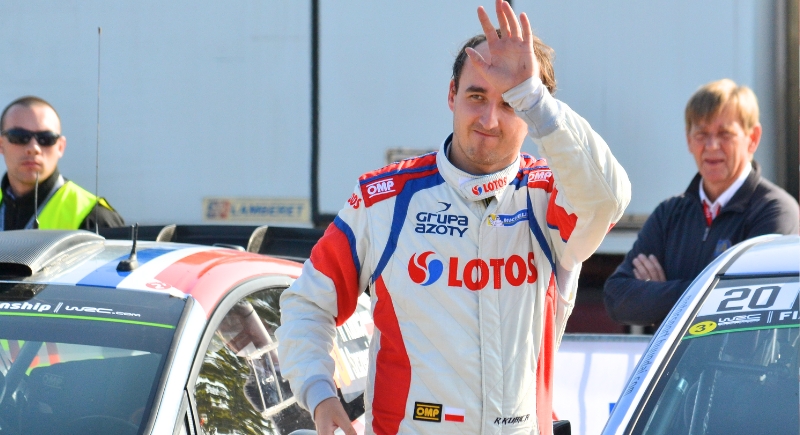The Most Incredible Comebacks in Motorsports History
In motorsport careers, the margins are thin; one collision or injury can change everything in seconds. Yet, through resilience and sheer will, some racers have turned devastating setbacks into triumphant returns.
These stories stretch across generations and various disciplines, such as Formula 1, MotoGP, motocross, and endurance racing, and they all share a common thread: persistence. In fact, each comeback reflects years of physical pain, self-doubt, and commitment to the craft.
Marc Márquez’s Long Road Back to MotoGP Glory

Image via Wikimedia Commons/Box Repsol
The crash at Jerez in 2020 changed Marc Márquez’s life in seconds. A violent highside left him with a shattered right arm, followed by multiple surgeries and nerve complications that put his entire career at risk.
His recovery was a long, uneven process marked by setbacks, including shoulder injuries and bouts of double vision that forced him to withdraw repeatedly. Switching between three teams and two manufacturers, Márquez kept chasing a way back to competitiveness. Consequently, training sessions turned into endurance tests, and each tentative comeback demanded total focus. After 2184 days, he reclaimed the MotoGP World Championship in 2025, his seventh overall. The victory placed him alongside Mick Doohan and within reach of Valentino Rossi’s record.
Niki Lauda’s Return After the Nürburgring Inferno
One of Formula 1’s defining moments began with Niki Lauda’s fiery wreck at the Nürburgring in 1976. His Ferrari struck the barriers, burst into flames, and left him with severe burns and lung damage after inhaling toxic fumes. His survival was uncertain for days, and racing once more seemed impossible.
Just six weeks later, Lauda made a remarkable return at the Italian Grand Prix — still bandaged but determined to keep racing. He went on to finish the season only one point behind James Hunt, after choosing to withdraw from the rain-soaked finale in Japan, unwilling to risk his life in such perilous conditions.
A year later, he returned stronger to win the 1977 World Championship. He stepped away from racing and resumed to capture a third crown in 1984. His discipline, clarity, and resilience transformed him into a symbol of courage under pressure and set a lasting standard for professionalism in Formula 1.
Robert Kubica’s Journey from Rally Crash to Le Mans Champion

Image via Wikimedia Commons/Florival fr
Before his accident, Robert Kubica was seen as one of Formula 1’s brightest prospects and a potential future Ferrari driver. His precision, speed, and calm under pressure had already earned him a Grand Prix victory and widespread respect within the paddock. Everything changed in 2011 during a rally event when his car crashed and left him with severe arm and hand injuries that required multiple surgeries.
The damage seemed career-ending, but Kubica refused to let it define him. Years of rehabilitation and smaller racing programs helped him rebuild his strength and confidence behind the wheel.
In 2019, he made an inspiring return to Formula 1 with Williams and scored a hard-fought point at the German Grand Prix. Afterward, he shifted his focus to endurance racing, where persistence paid off again.
In 2025, while driving for Ferrari, Kubica won the 24 Hours of Le Mans, fourteen years after the incident that almost ended his life in motorsport.